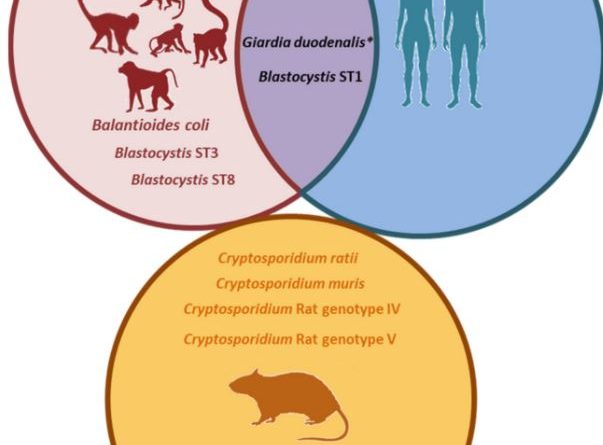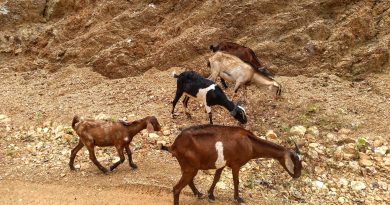Occurrence and Genetic Diversity of Protist Parasites in Captive Non-Human Primates, Zookeepers, and Free-Living Sympatric Rats in the Córdoba Zoo Conservation Centre, Southern Spain
Abstract
Little information is currently available on the epidemiology of parasitic and commensal protist species in captive non-human primates (NHP) and their zoonotic potential. This study investigates the occurrence, molecular diversity, and potential transmission dynamics of parasitic and commensal protist species in a zoological garden in southern Spain. The prevalence and genotypes of the main enteric protist species were investigated in faecal samples from NHP (n = 51), zookeepers (n = 19) and free-living rats (n = 64) by molecular (PCR and sequencing) methods between 2018 and 2019. The presence of Leishmania spp. was also investigated in tissues from sympatric rats using PCR. Blastocystis sp. (45.1%), Entamoeba dispar (27.5%), Giardia duodenalis (21.6%), Balantioides coli (3.9%), and Enterocytozoon bieneusi (2.0%) (but not Troglodytella spp.) were detected in NHP. Giardia duodenalis (10.5%) and Blastocystis sp. (10.5%) were identified in zookeepers, while Cryptosporidium spp. (45.3%), G. duodenalis (14.1%), and Blastocystis sp. (6.25%) (but not Leishmania spp.) were detected in rats. Blastocystis ST1, ST3, and ST8 and G. duodenalis sub-assemblage AII were identified in NHP, and Blastocystis ST1 in zookeepers. Giardia duodenalis isolates failed to be genotyped in human samples. In rats, four Cryptosporidium (C. muris, C. ratti, and rat genotypes IV and V), one G. duodenalis (assemblage G), and three Blastocystis (ST4) genetic variants were detected. Our results indicate high exposure of NHP to zoonotic protist species. Zoonotic transmission of Blastocysts ST1 was highly suspected between captive NHP and zookeepers.




